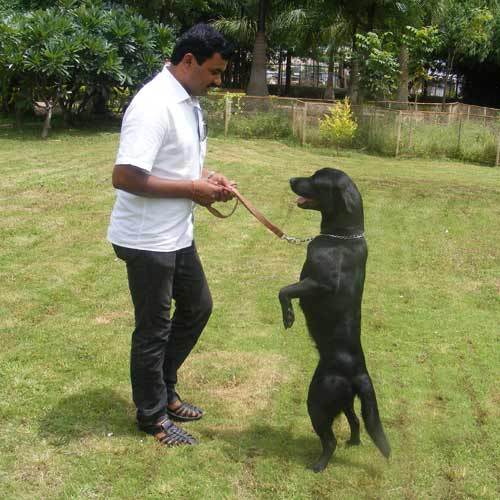From Aggressive to Affectionate – The Ultimate Aggressive Dog Training Program
Aggression in dogs can be a challenging behavior to address, requiring patience, understanding, and a comprehensive training program. Transforming an aggressive dog into an affectionate companion involves a strategic approach that considers the root causes of aggression and implements positive reinforcement techniques. The ultimate aggressive dog training program combines consistent training, socialization, and a nurturing environment to foster positive behavior changes.
Understanding Aggression:
Before embarking on a training program, it is crucial to understand the underlying causes of aggression in dogs. Common triggers include fear, territorial instincts, past trauma, or inadequate socialization. Identifying the root cause enables tailored training methods that address the specific issues triggering aggressive behavior.

Consistent Training:
Consistency is key when working with aggressive dogs. Establish clear rules and boundaries, ensuring that every member of the household follows them consistently. Dogs thrive on routine and predictability, helping to reduce anxiety and fear-based aggression. Use positive reinforcement techniques to reward good behavior, reinforcing the connection between positive actions and positive outcomes.
Socialization:
Introducing an aggressive dog to various environments, people, and other animals is crucial for reducing fear-based aggression. Gradually expose the dog to new experiences in a controlled manner, rewarding calm behavior. Controlled socialization helps the dog build confidence and learn appropriate responses to different stimuli. Professional trainers or behaviorists can provide guidance on safe socialization practices.
Obedience Training:
Teaching basic commands is fundamental to managing and redirecting an aggressive dog’s behavior. Commands such as sit, stay, and leave it can be invaluable in redirecting the dog’s focus and preventing aggressive reactions. Consistent obedience training builds trust between the owner and the dog, establishing a foundation for positive behavior.
Positive Reinforcement:
Positive reinforcement involves rewarding desirable behavior to encourage its repetition. Use treats, praise, and affection as rewards for calm and non-aggressive actions. Reinforcing positive behavior helps the dog associate good conduct with positive outcomes, creating a positive feedback loop that supports the training process.
Professional Guidance:
Seeking the assistance of a professional dog trainer or behaviorist is advisable when dealing with aggression. These experts can assess the specific triggers and tailor a training program to address the dog’s individual needs. They provide guidance on techniques, offer support, and monitor progress, ensuring a holistic approach to behavior modification and visit the website.
Creating a Nurturing Environment:
A calm and nurturing environment is essential for an aggressive dog’s rehabilitation. Provide a safe and comfortable space, free from potential triggers. Ensure the dog has sufficient mental and physical stimulation through play, walks, and interactive toys. A secure environment promotes a sense of safety and reduces anxiety-driven aggression.
Transforming an aggressive dog into an affectionate companion requires dedication, patience, and a well-structured training program. By understanding the root causes of aggression, implementing consistent training methods, focusing on positive reinforcement, and seeking professional guidance, owners can create a nurturing environment that encourages positive behavior changes. The ultimate aggressive dog training program is a combination of love, patience, and strategic training techniques, ultimately leading to a harmonious relationship between the owner and their once-aggressive canine friend.
